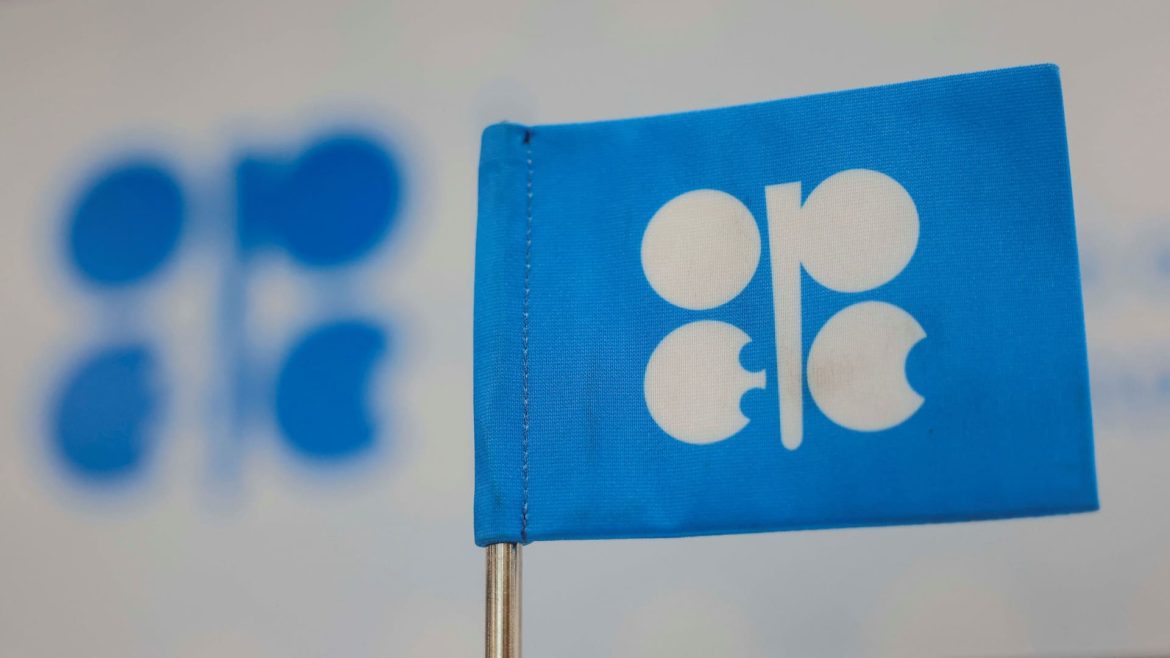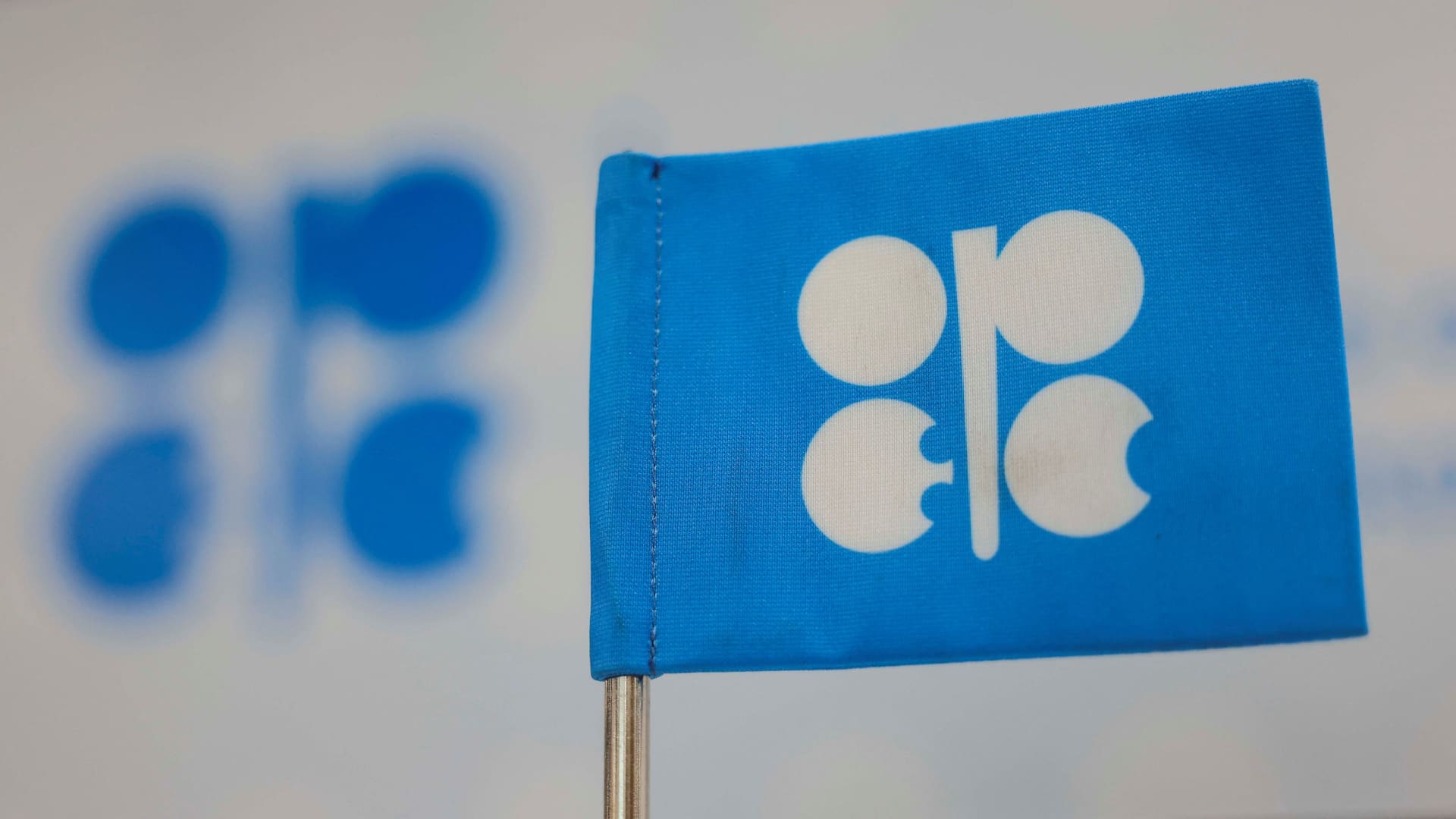The recent movements in global oil prices and OPEC+ production policies reveal a complex interplay of economic, geopolitical, and market dynamics shaping the energy landscape. The data and news reports from various sources in mid-2025 provide a detailed picture of how OPEC+ decisions, supply factors, and geopolitical developments are impacting crude oil markets.
Contextual Overview of Oil Price Fluctuations
As of late June 2025, major benchmarks such as Brent crude and WTI have exhibited upward movements, with Brent at approximately $65 per barrel and WTI near $62. This rise came shortly after OPEC+ confirmed maintaining or slightly increasing production quotas in the run-up to the July production review. However, oil prices have seen considerable volatility this year, plunging roughly 20% since April when OPEC+ initially signaled substantial supply increases aimed at recapturing market share amid weakening demand prospects and tariff-related economic uncertainties.
From a broader perspective, crude prices dropped to four-year lows earlier this year following OPEC+’s accelerated output hike and concerns about slowing global economic growth. The oil market has thus been caught between two competing forces: supply expansions driven by OPEC+ member decisions to increase output, and demand-side worries stemming from trade tensions and recession fears, particularly impacting energy consumption forecasts.
OPEC+ Production Strategy and Market Impact
OPEC+, the coalition of OPEC members plus allied producers such as Russia, has taken a notable pivot this year. After trying for several years to stabilize or raise oil prices via supply restraint, the group is now accelerating production increases. Announcements and leaks indicate plans to raise output by about 411,000 barrels per day starting July, extending an earlier series of similar hikes in May and June. The total volume added in recent months surpasses 3.7 million barrels per day—a significant 16% production increase compared to previous periods.
This strategy signals a shift from price defense toward maximizing market share. Factors influencing this include:
– Persistent overproduction by several key members, including Russia, Iraq, Kazakhstan, and the UAE, who have exceeded quotas.
– The desire to avoid losing customers to non-OPEC producers as global markets adjust.
– Geopolitical considerations, such as the impact of U.S. sanctions on Venezuela and external pressures affecting oil trade flows.
– Market uncertainty due to progress in U.S.-Iran nuclear discussions, which could alter supply patterns.
Despite raising output, OPEC+ members face internal coordination challenges. Some countries struggle to comply fully with agreed quotas, necessitating production cuts or compensations elsewhere, complicating collective policy enforcement.
Supply Disruptions and External Factors
Several non-OPEC elements add complexity to oil market dynamics:
– The U.S. ban on Chevron’s crude exports from Venezuela reduces available supplies from that source, tightening some regional flows.
– Temporary production shut-ins in Canada due to operational issues further restrict supply.
– Political instability and sanctions in key oil-producing regions continue to create intermittent supply disruptions.
– Higher tariffs imposed amidst global trade tensions dampen demand expectations, contributing to price softness.
Moreover, the global rig count has declined, reflecting cautious investment sentiment in exploration and production under price uncertainty.
Market Reactions and Price Outlook
Oil prices have responded variably to OPEC+ announcements. Initial sharp declines followed the revelation of accelerated output increases, reflecting fears of oversupply. However, prices have rebounded moderately in recent days amid supply risk perceptions and speculative positioning.
Investors and analysts expect OPEC+ to uphold its July output increase during upcoming ministerial meetings. Some forecasts, including from major financial institutions, suggest this might be OPEC+’s last output hike round for some time, as the group balances supply expansion goals against the risk of prolonged price weakness.
Longer-term price levels will depend heavily on:
– How global economic growth and energy demand evolve, including reactions to inflation and geopolitical stability.
– The ability of OPEC+ to enforce quota compliance and manage intra-group production discipline.
– External supply factors such as U.S. shale output, geopolitical tensions, and sanctions.
– The success or failure of diplomatic negotiations affecting oil-producing countries.
Conclusion: Navigating Uncertainty With Strategic Balance
The current phase of OPEC+ policy reflects a pragmatic recalibration toward embracing increased oil output to maintain market presence amid fluctuating demand. This approach amplifies short-term supply growth risks but seeks to pre-empt competitive losses to other producers.
Oil markets remain highly sensitive to policy signals, geopolitical developments, and economic trends. The path forward will likely feature continued volatility as OPEC+ tests the limits of coordinated production increases while monitoring global consumption patterns closely.
With major players balancing internal compliance challenges and external pressures, the delicate equilibrium of oil supply and demand will continue to govern price trajectories. Observers and stakeholders should watch OPEC+ meetings and geopolitical flashpoints closely, as their outcomes will crucially shape crude oil’s near-to-medium term outlook.





